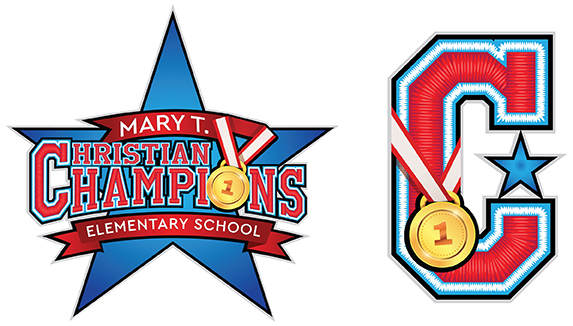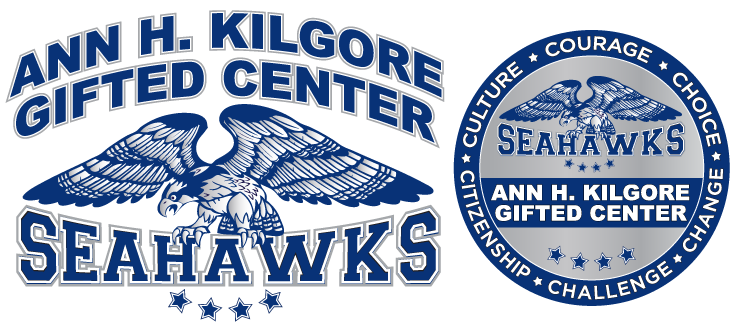HAMPTON CITY SCHOOLS EVERY CHILD, EVERY DAY, WHATEVER IT TAKES!
RETURN TO HOME NEWS & ANNOUNCEMENTS GO TO NEWS ARCHIVES



.png)

Schools with name changes will hold ribbon-cutting ceremonies
On July 1, 2021, five schools in Hampton officially changed names following a School Board vote on May 12, 2021. The Hampton School Board voted to change school names to the following:
Albert W. Patrick, III Elementary (formerly Booker Elementary)
Mary T. Christian Elementary (formerly Cary Elementary)
Ann H. Kilgore Gifted Center (formerly Spratley Gifted Center)
Mary W. Jackson Fundamental Elementary (formerly Tucker-Capps Fundamental Elementary)
Mary S. Peake Elementary (formerly Tyler Elementary)
These five schools will hold official ribbon-cutting ceremonies on September 29 and 30 to celebrate their school’s renaming. Due to COVID-19, in-person participation is limited. Students and staff will view their ceremony through a live stream to their classrooms. The community may view the ceremonies via Facebook Live (@HamptonCSchools). The date and time of each of the ceremonies is as follows:
Albert W. Patrick, III Elementary School – September 29, 9:00-9:45 a.m.
Ann H. Kilgore Gifted Center – September 29, 10:30-11:15 a.m.
Mary S. Peake Elementary School – September 30, 9:00-9:45 a.m.
Mary T. Christian Elementary School – September 30, 1:15-2:00 p.m.
Mary W. Jackson Fundamental Elementary School – September 30, 2:30-3:15 p.m.
Stay tuned to the Hampton City Schools Facebook page for the links for the live streaming.
Background on the schools:
Mary T. Christian Elementary is the home of the champions. The school was named for Hampton native Dr. Mary Taylor Christian. Christian attended Union School and graduated from Phenix High School in 1941. In 1955 she earned her bachelor’s degree in elementary education from Hampton Institute. Christian worked as a teacher at Aberdeen Elementary School and earned her master’s degree from Columbia University and her Ph.D. from Michigan State University. She was the first African-American woman elected to serve on the Hampton School Board. Christian worked as a Dean of Hampton Institute’s (later University) school of education. She was elected to the Virginia House of Delegates in 1986 and became the first African-American since reconstruction to represent the 92nd District. She served nine consecutive terms and championed legislation on education, healthcare, and prescription drugs.
Mary W. Jackson Fundamental Elementary is the home of the rockets. Mary W. Jackson, a native of Hampton, was a scientist, aerospace engineer, humanitarian and trailblazer who paved the way for thousands of others to succeed not only at NASA, but throughout the nation as well. Jackson graduated from the all-black Phenix Training School with highest honors and graduated from Hampton Institute in 1942 where she earned bachelor’s degrees in mathematics and physical science. In 1958, she became NASA’s first African-American female engineer. She successfully petitioned the city of Hampton to allow her to take University of Virginia night classes alongside white students (held at Hampton High School) in order to complete additional training and courses for her new role. By 1979, Jackson having achieved the most senior title within the engineering department, decided to take a demotion in order to serve as an administrator in the equal opportunity specialist field. She returned to Langley to make changes and highlight women and other minorities who were accomplished in the field after undergoing training at NASA headquarters.
The Ann H. Kilgore Gifted Center will continue to be the home of the seahawks. Ann H. Kilgore served as the city of Hampton’s first female mayor from 1963 to 1971 and again from 1974 to 1978. Kilgore, who graduated from the College of William & Mary in 1944, held a BA in psychology and was a teacher at Hampton High School. She considered successfully integrating Hampton’s schools and businesses without litigation as her greatest accomplishment. During her term as mayor, the city of Hampton built the Hampton Coliseum, city hall, and the police station. The city also donated land for Thomas Nelson Community College. She also fostered the local tourist industry and improved interracial relations as the city tripled in size from fewer than 30,000 citizens to more than 100,000 people.
Albert W. Patrick, III Elementary is the home of the panthers and was named for the Honorable Judge Patrick. He was affectionately known to all as “Pat” and was a lifelong resident of Hampton. Patrick graduated from Hampton High School in 1969 and graduated from the University of Virginia in 1973. He earned his law degree there in 1976. After practicing law in Hampton from 1976 to 1995, Patrick was appointed judge of the Hampton 8th District General Court in 1995. He was reappointed to the bench four more times, serving from 1995 until his passing in 2017. His devotion to Hampton led him to be very active in the community. He was especially interested in ensuring all children received a first-class education, leading him to serve on the Hampton School Board from 1980 to 1981 and from 1986 to 1995. Patrick served as board chairman for seven years. He was also elected president of the Virginia School Boards Association and became the first from Virginia to serve on the Board of Directors of the National School Boards Association.
Mary S. Peake Elementary is the home of the mighty oaks. Peake was a Hampton educator and humanitarian who was born in Norfolk, Virginia. She moved to Hampton with her family in 1847. While supporting herself as a seamstress, she secretly began teaching from her home, instructing African-Americans of all ages. She married Thomas Peake, a former slave in 1851. Mary Peake started a school near Fort Monroe to teach the freed enslaved people. It was within the present grounds of Hampton University, she is believed to have conducted classes under the historic Emancipation Oak. Her school was one of the first of its kind and served as a model for a number of others schools that taught African-Americans throughout the South in Union-occupied territory.